Exploring Sustainable Innovations in Container and Packaging Supply for a Greener Future
In recent years, the growing awareness surrounding environmental sustainability has driven significant changes in the container and packaging supply industry. According to a report from Smithers Pira, the global sustainable packaging market is projected to reach $500 billion by 2027, representing a remarkable shift towards eco-friendly materials and practices. As consumers increasingly demand transparency and responsibility, companies are innovating with sustainable materials, such as biodegradable plastics and recycled content, to meet these expectations.
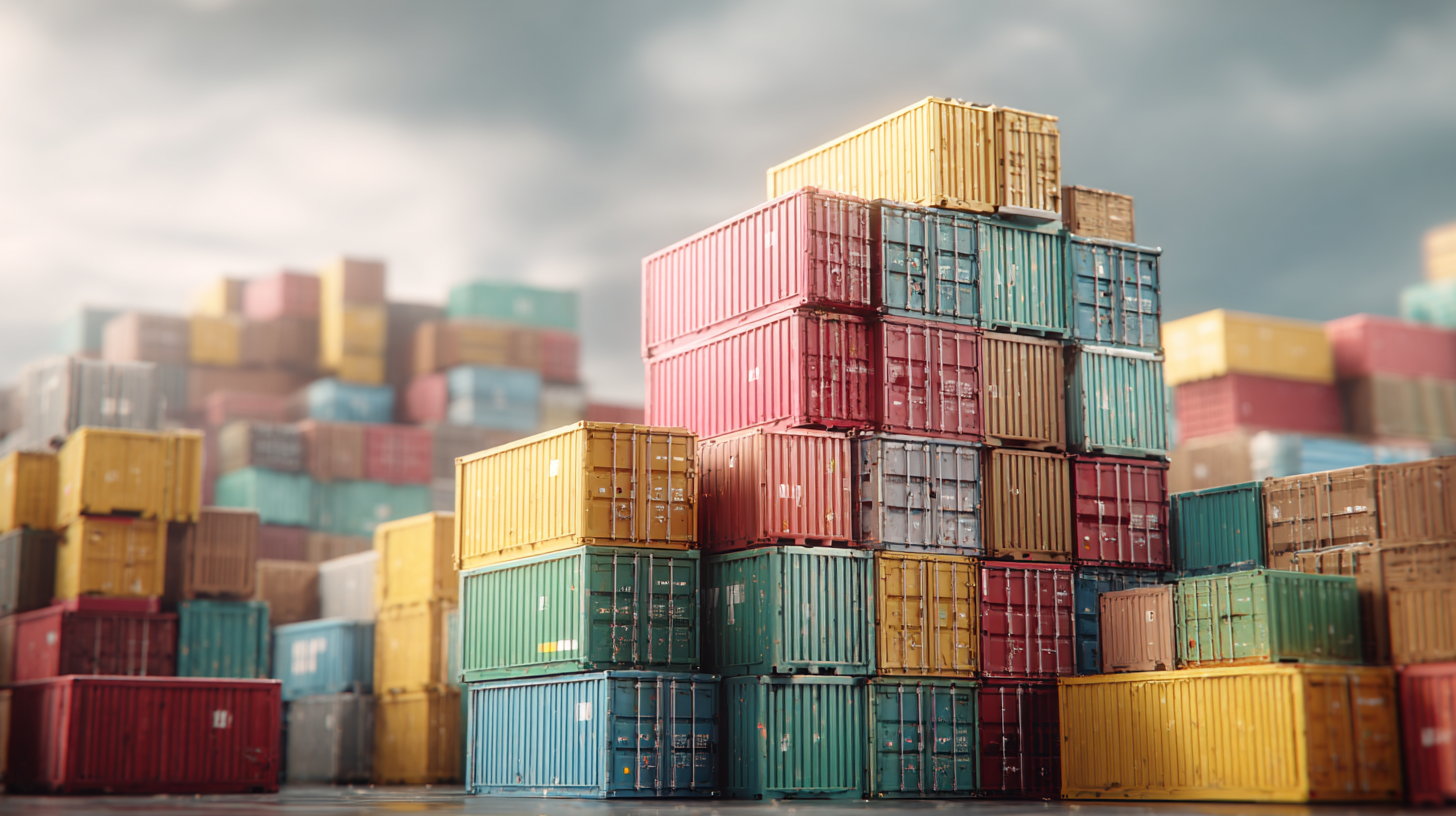
Additionally, the Ellen MacArthur Foundation estimates that transitioning to a circular economy could create $4.5 trillion in economic benefits by 2030, highlighting the potential for sustainable innovations in container and packaging supply to not only reduce environmental impact but also provide substantial economic opportunities. This paper explores the latest advancements and practical tips for adopting sustainable practices within the container and packaging supply chain, paving the way for a greener future.
Sustainable Materials: Innovations in Eco-Friendly Container Solutions
The shift towards sustainable materials in container and packaging solutions is increasingly critical as industries rethink their environmental impact. For instance, the U.S. nutraceutical packaging market is projected to reach $2.12 billion by 2033, with sustainability trends significantly driving this growth. Innovative designs and eco-friendly materials are essential in reducing waste, as consumers and businesses alike prioritize environmental responsibility in their packaging choices.
In the cosmetics sector, there is a notable emphasis on zero-waste initiatives that encompass refillable systems and biodegradable options. Such innovations are pivotal in minimizing plastic reliance and enhancing recyclability. Furthermore, advancements in food packaging technologies, including bio-based coatings and edible materials, demonstrate the capacity for smart, sustainable solutions that address the pressing issues of plastic pollution while catering to consumer demands for convenience and safety. This momentum across various sectors highlights the importance of adopting sustainable practices in packaging as a means to foster a greener future.
Smart Packaging Technologies: Merging Digital Insights with Sustainability
Smart packaging technologies are at the forefront of merging digital insights with sustainability, revolutionizing the way we approach container and packaging supply. As the market for smart packaging is projected to grow significantly, reaching USD 40.8 billion by 2035, the integration of advanced technologies such as machine learning, computer vision, and IoT is increasingly vital. These innovations not only enhance the functionality of packaging systems but also play a crucial role in reducing environmental impacts through better resource management and waste reduction.
With a focus on sectors like personal care and food, smart packaging is evolving to meet the demands of a greener future. The smart food packaging market alone is anticipated to exceed USD 26.8 billion by 2024, demonstrating a compound annual growth rate of over 6.4% driven by sustainability trends. This growth is attributed to the rising consumer demand for premium products and the need for effective tracking and monitoring solutions that promote safety and reduce food waste. By leveraging connected packaging technologies, brands can engage more effectively with consumers while achieving their sustainability goals, marking a significant shift toward a more responsible packaging landscape.
The Role of Circular Economy in Packaging Supply Chains
The transition to a circular economy in packaging supply chains is crucial for addressing the pressing environmental challenges posed by traditional linear models. With consumers increasingly concerned about sustainability and regulatory pressures intensifying, the packaging industry must innovate to create solutions that minimize waste. A report highlights that the global food packaging sector, heavily reliant on plastics, is responsible for significant environmental degradation, necessitating a shift towards sustainable business models. For instance, embracing circular packaging not only reduces reliance on single-use materials but also enhances recyclability—key components in lowering the industry's overall carbon footprint.
Innovations such as wooden packaging emerge as exemplary solutions within circular supply chains, leveraging biogenic materials that align naturally with sustainability principles. Research suggests that integrating such materials can significantly decrease environmental impacts while fulfilling consumer demands for eco-friendly options. Moreover, advancing sorting technologies has become imperative for optimizing recycling processes, as inaccurate sorting remains a major bottleneck in reclaiming materials. As companies adapt their operations in response to upcoming regulations, including the PPWR 2024, they are expected to rethink their strategies, prioritize circularity, and ultimately contribute to the creation of a greener future.
Exploring Sustainable Innovations in Container and Packaging Supply
This chart illustrates the adoption rates of various sustainable packaging innovations across different materials in the context of a circular economy.
Consumer Awareness and Demand for Sustainable Packaging Solutions
As consumers become increasingly environmentally conscious, the demand for sustainable packaging solutions has surged dramatically. A recent report by the Sustainable Packaging Coalition indicates that 74% of consumers are willing to pay more for products packaged in sustainable materials. This shift in consumer behavior is not just a fleeting trend; it reflects a broader recognition of the environmental impacts of plastic waste and the urgent need for innovative packaging solutions. Brands that prioritize sustainability often see increased customer loyalty and engagement, as they align their values with those of their consumers.
Tips: To cater to this growing demand, businesses can start by sourcing materials that are recyclable, compostable, or made from renewable resources. For instance, companies can evaluate alternatives such as biodegradable films or plant-based inks that can significantly reduce their carbon footprint. Implementing a clear sustainability message in marketing can also attract eco-conscious consumers.
Moreover, integrating sustainability into the supply chain can yield both environmental and economic benefits. Research from McKinsey suggests that companies adopting sustainable packaging practices can save up to 20% in material costs through reductions in waste and efficient resource use. Engaging in transparent communication about these initiatives can further enhance brand reputation and foster a strong connection with environmentally aware consumers.

Case Studies: Companies Leading the Way in Sustainable Innovations
In recent years, several companies have emerged as leaders in sustainable innovations in container and packaging supply. Unilever, for instance, has committed to using 100% recyclable, reusable, or compostable plastic packaging by 2025. Their Love Beauty and Planet line not only emphasizes sustainable packaging but also prioritizes ingredients sourced from responsible suppliers, showcasing a holistic approach to sustainability.

Another notable example is Coca-Cola, which has introduced its World Without Waste initiative, aiming to collect and recycle a bottle or can for every one sold by 2030. This ambitious plan includes the launch of new packaging made from plant-based materials and the incorporation of recycled plastics into their products. By investing in advanced recycling technologies, Coca-Cola is taking significant strides toward reducing plastic waste and fostering a circular economy.
Moreover, IKEA is transforming its packaging strategy by minimizing materials and switching to renewable sources. Their commitment to sustainable packaging extends beyond product delivery; in-store packaging solutions are designed to reduce waste and enhance recyclability. With these innovative approaches, these companies not only demonstrate leadership in sustainable practices but also set a standard for others in the industry to follow.
Related Posts
-
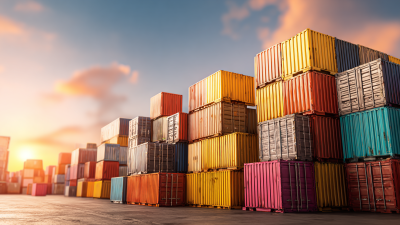
Innovative Trends in Container and Packaging Solutions Driving Sustainability and Reducing Waste
-

The Amazing Health Benefits of Honey Bottles You Never Knew About
-

The Ultimate Guide to Choosing the Best Plastic Jars with Lids for Every Storage Need
-
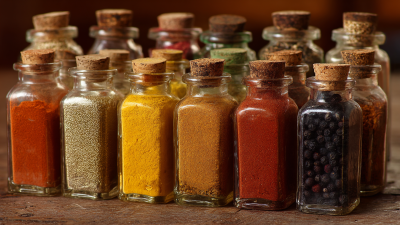
Ultimate Guide to Organizing Your Kitchen with Stylish Spice Bottles
-
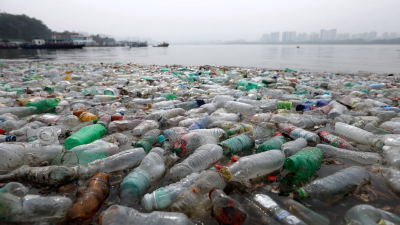
The Untold Secrets Behind Recycling Plastic Bottles for a Sustainable Future
-
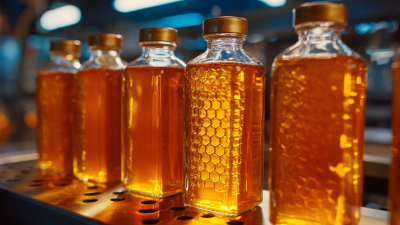
The Sweet Science Behind Honey Bottles: Exploring Storage, Benefits, and Bee-Friendly Practices
